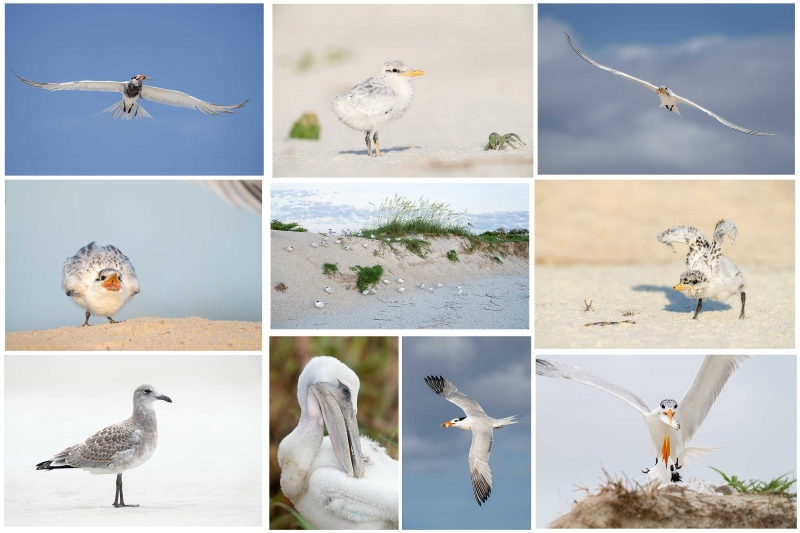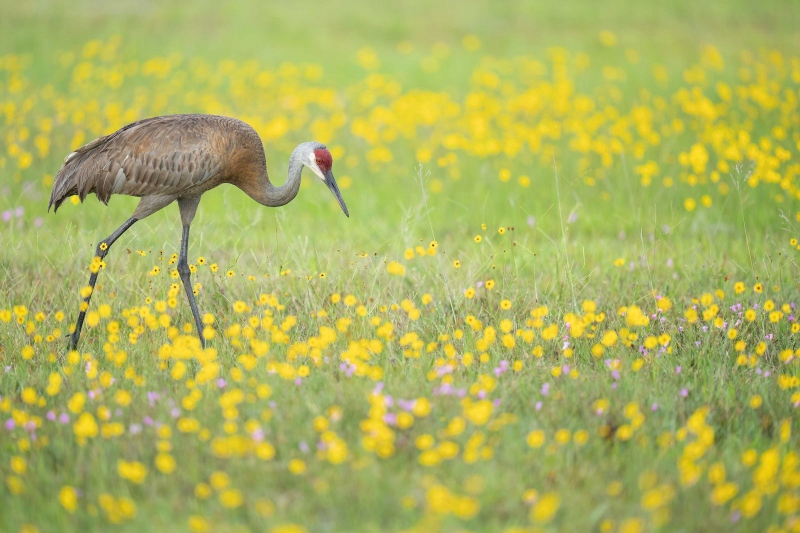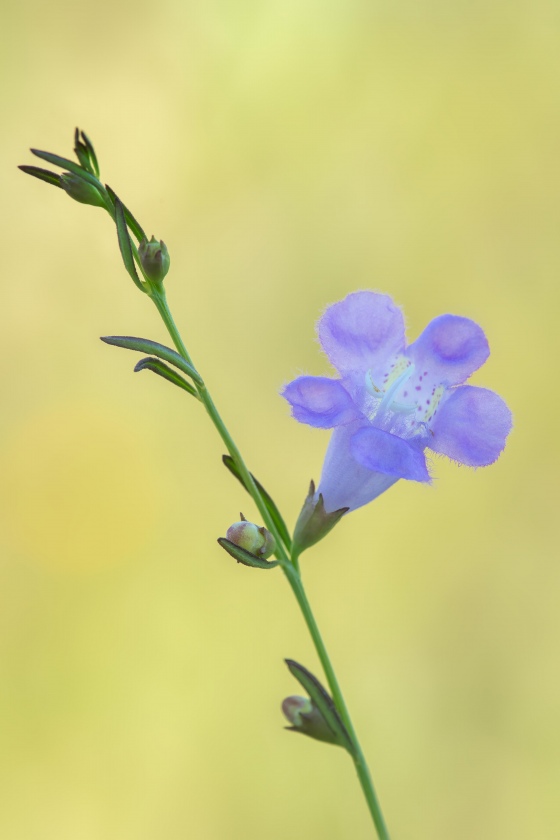Your Fave?
Which of today’s two featured images do you like best? Why?
What’s Up?
On Sunday morning I spent some quality time with the two-large-colt crane family at the end of the South Field. The end of session magic returned to some degree when I was able to get on sun angle on a sipping Osprey in blue water just south of the pier. After that, I returned to the South Field to create Image #2.
I was glad to learn that the sale of most of Sandra Calderbank’s used Canon gear that was listed in yesterday’s blog post became pending within hours of being listed.
Today is Monday 30 May 2022. The forecast for this morning is for mostly sunny skies with a gentle breeze from the SSE. I will be heading down to the lake early. Wherever you are and whatever you are doing, I hope that you too have a great day. This blog post took about 90 minutes to prepare and makes seventy-six days in a row with a new one.
Please remember to use the B&H and Amazon links that are found on most blog pages and to use the BIRDSASART discount code at checkout when purchasing your new gear from Bedfords. Please, also, consider joining a BAA IPT. You will be amazed at how much you will learn!
Induro GIT 304L Price Drop
Amazingly, we have two, brand-new-in-the-box Induro GIT 304L tripods in stock. They are $749.00 (was $799.00) and now includes the shipping to lower 48 states. Weekday phone orders only: 863-692-0906.
Wanted to Buy
If you have an old tripod that is sitting around gathering dust, or any Canon series III teleconverters, the 1.4X III or the 2X III, please shoot me an e-mail if you are interested in turning them into cash. I have an interested buyer.
BIRDS AS ART Image Optimization Service (BAA IOS)
Send a PayPal for $62.00 to birdsasart@verizon.net or call Jim at 863-692-0906 and put $62.00 on your credit card. Pick one of your best images and upload the raw file using a large file sending service like Hightail or DropBox and then send me the link via e-mail. I will download and save your raw file, evaluate the exposure and sharpness, and optimize the image as if it were my own after converting the raw file in Adobe Camera Raw. Best of all, I will make a screen recording of the entire process and send you a link to the video to download, save and study.
|
|
|
Click on the composite image to enjoy the incredible quality of the hi-res JPEG. Clockwise from upper left clockwise and back around to the center: Royal Tern in flight with squid for chick; Royal Tern chick on beach; Royal Tern in flight with shrimp for young; Royal Tern chick — double overhead wing stretch; Royal Tern landing with greenback for chick; Royal Tern in flight with juvenile mahi mahi for chick; Brown Pelican — large chick preening; Laughing Gull in fresh juvenal plumage; Royal Tern chick begging; Many Royal Terns with many chicks on face of dune. |
Jacksonville IPT: #1: 4 FULL DAYS — the afternoon of 16 June thru the morning of MON 20 June 2022: $2,099.00. (Limit 6 photographers)
Jacksonville IPT #2: 4 FULL DAYS — the afternoon of FRI 1 JULY thru the morning of TUES 5 July 2022: $2099.00 (Limit 6 photographers)
Jacksonville IPT #3: 4 FULL DAYS — the afternoon of FRI 15 JULY thru the morning of TUES 19 July 2022: $2099.00 (Limit 6 photographers/Openings: 5)
Ride with me: add $200.00. I do not like to disappoint: each trip will run with one participant. If necessary.
I first visited the breeding bird colony at Jacksonville in late June 2021. I was astounded. There were many thousands of pairs of Royal Terns nesting along with about 10,000 pairs of Laughing Gulls. In addition to the royals, there were some Sandwich Terns nesting. And there are several dozen pairs of Brown Pelicans nesting on the ground. Flight photography was non-stop astounding. And photographing the tern chicks was relatively easy. Folks could do the whole trip with the Sony 200-600, the Canon 100-500 RF, or the Nikon 500 PF or 200-500 VR. With a TC in your pocket for use on sunny days. Most of the action is within 100 yards of where we park (on the beach). As with all bird photography, there are times when a super-telephoto lens with either TC is the best tool for the job.
Morning sessions will average about three hours, afternoon sessions about 1 1/2 hours. On cloudy mornings with favorable winds, we may opt to stay out for one long session and skip the afternoon, especially when the afternoon forecast is poor. Lunch is included on the first three days of the IPT and will be served at my AirBnB. After the first lunch there will be an introductory program. On days two and three we will do image review and Photoshop after lunch.
We will be based somewhere west and a bit north of Jacksonville where there are many AirBnB possibilities. The deposit is $599.00. Call Jim at the office any weekday at 863-692-0906 to pay by credit card. Balances must be paid by check.
What You Will Learn on a Jacksonville IPT
- 1- First and foremast you will learn to become a better flight photographer. Much better.
- 2-You will learn the basics and fine points of digital exposure. Nikon and Canon folks will learn to get the right exposure every time after making a single test exposure, and SONY folks will learn to use Zebras so that they can be sure of making excellent exposures before pressing the shutter button.
- 3- You will learn to work in Manual exposure mode even if you fear it.
- 4- You will learn to evaluate wind and sky conditions and understand how they affect bird photography, especially the photography of birds in flight.
- 5- You will learn several pro secrets (for each system) that will help you to become a better flight photographer.
- 6- You will learn to zoom out in advance (because the birds are so close!) 🙂
- 7- You will learn how to approach free and wild birds without disturbing them.
- 8- You will learn to spot the good and the great situations.
- 9- You will learn to understand and predict bird behavior.
- 10- You will learn to design pleasing images by mastering your camera’s AF system.
- 11- You will learn to choose the best perspective.
- 12- You will learn to see and control your backgrounds.
- 13- You will learn to see and understand the light.
- 14- You will learn to see and create pleasing blurs in pre-dawn situations.
- 15- You will learn to be ready for the most likely event.
And the best news is that you will be able to take everything you learn home with you so that you will be a better photographer wherever you are and whenever you photograph.
|
|
|
This image was created on 29 May 2022 down by the lake at ILE. Standing in the North Field, I used the handheld Sony FE 400mm f/2.8 GM OSS lens and The One, the Sony Alpha 1 Mirrorless Digital Camera). The exposure was determined via Zebra technology with ISO on the Thumb Dial. ISO 800. 1/1000 sec. at f/2.8 (wide open) in Manual mode. When evaluated in RawDigger, the raw file exposure was determined to be dead-solid perfect. AWB at 7:39:12am on a then cloudy morning. Tracking: Spot S AF-C with Bird Face/Eye detection enabled performed to perfection. Be sure to click on the image to enjoy a high-res version. Image #1: Sandhill Crane in wildflowers |
Sandhill Crane in Wildflowers
Tickseed — I am not sure of the species — grows prolifically at Indian Lake Estates, but I have never seen so many in blossom at once in any of the large fields down by the lake. Foxglove — again, I am not sure of the species — grows as a tall, stringy plant along the edges of the marsh. When I saw the purple flowers interspersed with the tickseed blossoms, I took a closer look. The shape of the flowers indicated a foxglove species, but as these were growing close to the ground, I believe that it is a different species.
The trick to making a decent image in this situation was to make the image when the crane was parallel to the back of the camera. The bird did not spend much time doing that, so I was glad to get this one.
Image Design Question
Tracking AF-C with Bird Face/Eye detection enabled allows the photographer to place the subject anywhere in the frame. The Canon R and the R5 and the Nikon Z9 can do the same thing. That, boys and girls, eliminates what used to be the primary reason for using back button focus …
That said, why did I place the crane in the upper left part of the frame rather than in the more traditional lower left? There are two distinct reasons.
|
|
|
This image was created on the morning of 29 May 2022 in the North Field. I used the no-longer available Induro GIT 304L/FlexShooter Pro-mounted Canon EF 180mm f/3.5L Macro USM lens with the Metabones Canon EF/EF-S Lens to Sony E Mount T Smart Adapter (Fifth Generation) and The One, the Sony a1 Mirrorless camera body. ISO 800. 1/80 sec. at f/11 in Manual mode. AWB at 8:31:23 in the shade (see below) on a breezy, sunny morning. Manual focus using the combination of Manual Focus Toggle and Focus Magnifier tips from the SONY Camera Users Guide and the Sony Alpha 1 Group e-mails. Picked and Plamped — see below for details. Click on the image to enjoy a larger, high-resolution version. Image #2: foxglove blossom (species?) |
Why Picked and Plamped?
Many folks would say that it is always wrong to pick a wildflower and create a set-up with the blossom held in place with a Plamp. That is certainly true in parks and refuges where picking even a single blossom is prohibited. But when working on your own property or in public areas that are mown regularly, picking and Plamping one flower of hundreds or thousands is a far better approach than walking through and stomping or sitting down and destroying dozens if not hundreds of plants.
I positioned my vehicle west to east to block the north wind. Then I positioned the tripod with the Plamped foxglove flower. Next I set up a second tripod for the Canon 180 macro. The last step was to jury-rig a long-sleeved shirt to block the wind and ensure that the blossom was completely shaded. Focusing manually with focus peaking is the way to go with macro.
Subject in Shade, Background in Sun
Whether photographing birds or flowers, I love to find or to create situations where the subject is in the shade, and the background is lit by the sun. That is easy to do with picked and plamped wildflowers. With birds? Not so much. But once you are aware of the concept you can be on the lookout for birds in the shade with the backgrounds in the sun. Remember that in these situations, you will need to add lots of light to the metered exposure to prevent under-exposing the subject.
Typos
With all blog posts, feel free to e-mail or to leave a comment regarding any typos or errors.

















That crane image with the flowers is SPECTACULAR!
Hi Artie. My 2 cents on placement of the crane is: 1) the crane is looking downward, so if it was placed in the lower left it would be looking out of the frame. Placed in the upper left it is looking further across the frame. 2) If the crane were placed in the lower left, the purple foxglove would be a distracting fringe along the bottom of the frame. With the crane in the upper left, the band of purple offers a compositional element that helps balance placement of the crane in the upper part of the frame.
I lioke the 2nd one better than the 1st one. It is less “busy” and “simpler”.
I think Larry is half way there. Having the bird where it is keeps the purple flowers in frame and maximizes the yellow flowers at the top. I.e., yellow and purple and soft light.
I like the Sandhill crane environmental shot but, if it were mine, I would have cropped the more out-of-focus yellow flowers in the foreground. I think they distract from the crane.
Thanks for leaving a comment, Pat. You are one of the few who uses the subjunctive case correctly – “if I were” instead of “if I was.”
with love, artie
According to PictureThis, which I believe to be by far the most accurate plant identification app, the plant was instantly IDed as Purple False Foxglove (Agalinis purpurea), although the color seems a little off from usually photographed members of this species. “Seek” also IDed it to this species but it took much longer to do so. I find seek is better at non-plant taxa.
Here is a web site with images of Florida false foxgloves (https://florida.plantatlas.usf.edu/Genus.aspx?id=59). Most have longer stalks.
Crane in the upper left because (1) it is looking down right and that allows more canvas to where it is looking and (2) doing so minimizes the less interesting, non-flowered upper edge of the image?
Artie, you might try one of the phone apps for your plant id’s.
Seek by inaturalist can be very helpful in many cases, here is a link. https://www.inaturalist.org/pages/seek_app
Thanks, Chris. I got your e-mail and will write you back.
with love, artie
I’m in New Jersey Artie! Try this link for the Agalinis or False Foxglove species in Florida, each species has images attached. https://florida.plantatlas.usf.edu/Genus.aspx?id=59
Yeah, plant species can be real tough to identify correctly, common names make matters even worse. Looks like there are about fifteen species in Florida alone, and we thought bird id’s were tough at one point.. If it is important to you, I’ll try to id it if you want, no guarentees though.
With many plant species, stem and leaf structure, height etc. etc. are important.
Excellent images as always Art! The colorful habitat really makes the Sandhill Crane image special IMO!!
The flower you refer to as Foxglove looks like a species of the Agalinis genus, more commonly referred to as False Foxglove, Gerardia or Purple Gerardia. The most common one I see is Agalinis purpurea, but there are seventy species in the genus.
Thanks, Chris. Where do you live? If I take some wide cell phone shots showing the whole plant, might you be able to ID it? I know that plants are tough to ID without doing the keying out business, and that is not for me 🙂
with love, artie
Interesting, and nice images, Artie. I still like situations where the subject is in the sun and the background is in the shade. I’ll have to look for some the other way. Thank you for the suggestion.
Those work too 🙂
with love, artie